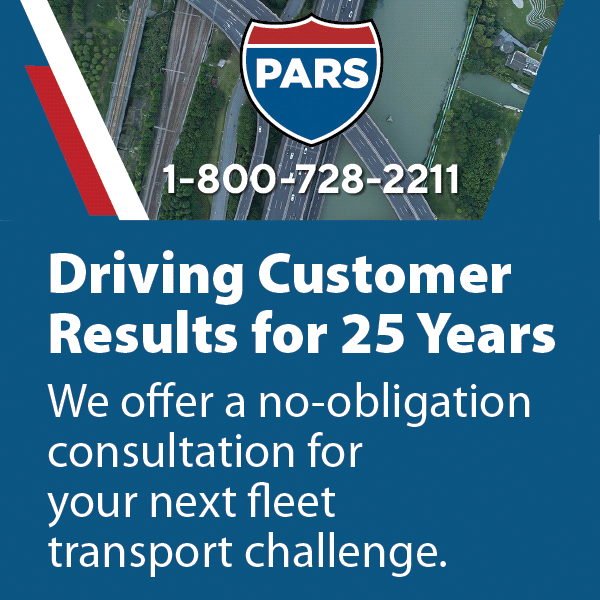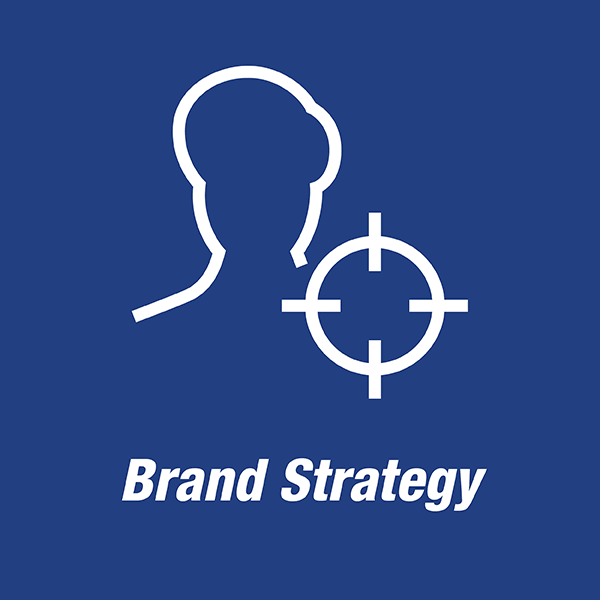
By Wendy Eichenbaum
Let’s say that you are evaluating your company’s scheduling tool. You want to know what makes an ideal experience when scheduling a meeting. To do this, you meet with customers and ask a typical CX question, What makes a great experience when scheduling a meeting?
The problem is that you can wind up with silence. Your customers freeze up, struggling to recall specific examples of good and bad experiences. Instead they recite a laundry list of features. And the customers feel ineffectual and guilty, unable to give you directed answers.
When you talk with customers, start with questions that facilitate their ability to recall experiences. You do this by restructuring your questions. Master Facilitator Michael Wilkinson has a process to design the opening question. We can build on this process to help customers discuss their ideal experiences.
Let’s revisit the first version of the question. What makes an ideal experience when scheduling a meeting? Words like “what” or “how” are left-brained process questions. You want to shift customers to their right brain, the creative side that encourages brainstorming. So instead of “what,” try a phrase that encourages customers to place themselves in the scenario and remember when they went through the process. Use terms like “think about,” “consider,” “imagine,” or “if.”
Then follow up with examples of what the customers should consider. Think about which features they did or did not use. Recall when the process was really painful, and ask them how they wish the process actually worked.
Finally, finish the question by asking question you really wanted to ask at the beginning, what makes an ideal experience. Don’t mention the specific product. You want the customer to focus on the process. You take that data to design or revise your product or service.
So the question might be written as such: Think about the last time you scheduled a meeting. Think about the tasks you performed. Think about any problems you encountered. Did you wish for a new feature? If you could have it all your way, how would you want to schedule a meeting?
Once users answer this open-ended question, you follow up with guided questions. These target specific points the participants made. Let’s say that a participant struggled to find a meeting room. You ask a more pointed question. Why was it difficult to find a room?
As you pursue this line of questioning, you will transition to close-ended questions, which can be answered with a yes or no. Do you know where all the meeting rooms are located in the building? Or, do you know the names of the meeting rooms? Why? When you finish this line of questioning and go to the next topic, start with another open-ended question.
Participants want to feel helpful. And more than that, they don’t want to struggle only to feel that they weren’t helpful. Construct questions that allow them to visualize their own experiences. They can recount the details you need to refine your products and services.
About the Author
Wendy Eichenbaum has been a UX professional since the early-1990’s. She began her career as a technical writer. She then earned a Master of Arts in Professional Writing at Carnegie Mellon University, studying both writing and UI design. Over the years, she has worked across verticals, from start-ups to multi-national firms, in many areas of UX including research & strategy, Information Architecture, usability testing, and focus groups. She started her own UX consulting firm in 2008, Ucentric Design. And she is an adjunct professor at Cal State University, Fullerton. There she teaches a class that she created, User-Centered Design for Web and Mobile Interfaces.
www.ucentricdesign.com
[email protected]



